Cats are often perceived as solitary creatures, but anyone who has spent time around these enigmatic animals knows that they have a rich emotional life. When cats form emotional bonds with each other, it can be a heartwarming experience. This article delves into the intricacies of feline friendships, shedding light on how these connections are formed and what they mean for our furry friends.
The Nature of Feline Friendships
Cats are known for their independent nature, but they are also capable of forming deep emotional bonds. These bonds can be observed in multi-cat households, where cats often groom each other, share sleeping spaces, and engage in play. Such behavior indicates a level of comfort and trust, akin to human friendships. While cats may not express their emotions in the same way humans do, their actions speak volumes. For instance, when a cat shares its favorite resting spot with another, it is a gesture of affection and trust.
How Cats Communicate Affection
Cats communicate their affection through a variety of behaviors. Grooming is one of the most common ways cats show they care for each other. By licking each other’s fur, they are not only keeping clean but also reinforcing social bonds. Another sign of affection is head-butting, a behavior known as bunting. This act of pressing their heads against each other is a way of sharing scents, which is comforting and familiar to them. Additionally, cats may intertwine their tails or engage in mutual purring, both indicators of a strong bond.
The Role of Scent in Feline Relationships
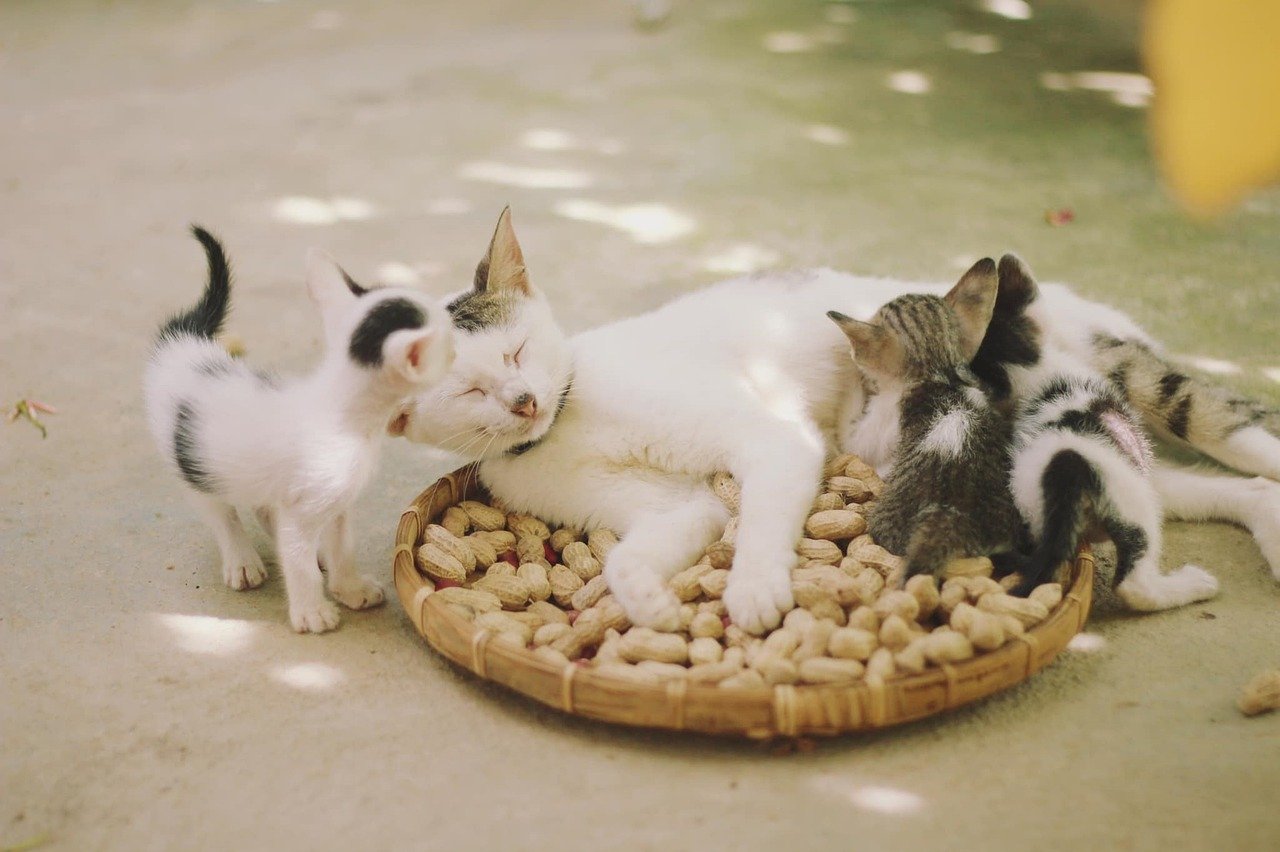
Scent plays a crucial role in the way cats interact with each other. Cats have scent glands on various parts of their bodies, including their cheeks and paws. When they rub against each other, they are exchanging scents, which helps them recognize each other as part of the same social group. This scent exchange is akin to a handshake or hug in human terms, solidifying their bond. It is also a way for cats to mark their territory and signal that they belong together.
Playtime and Bonding
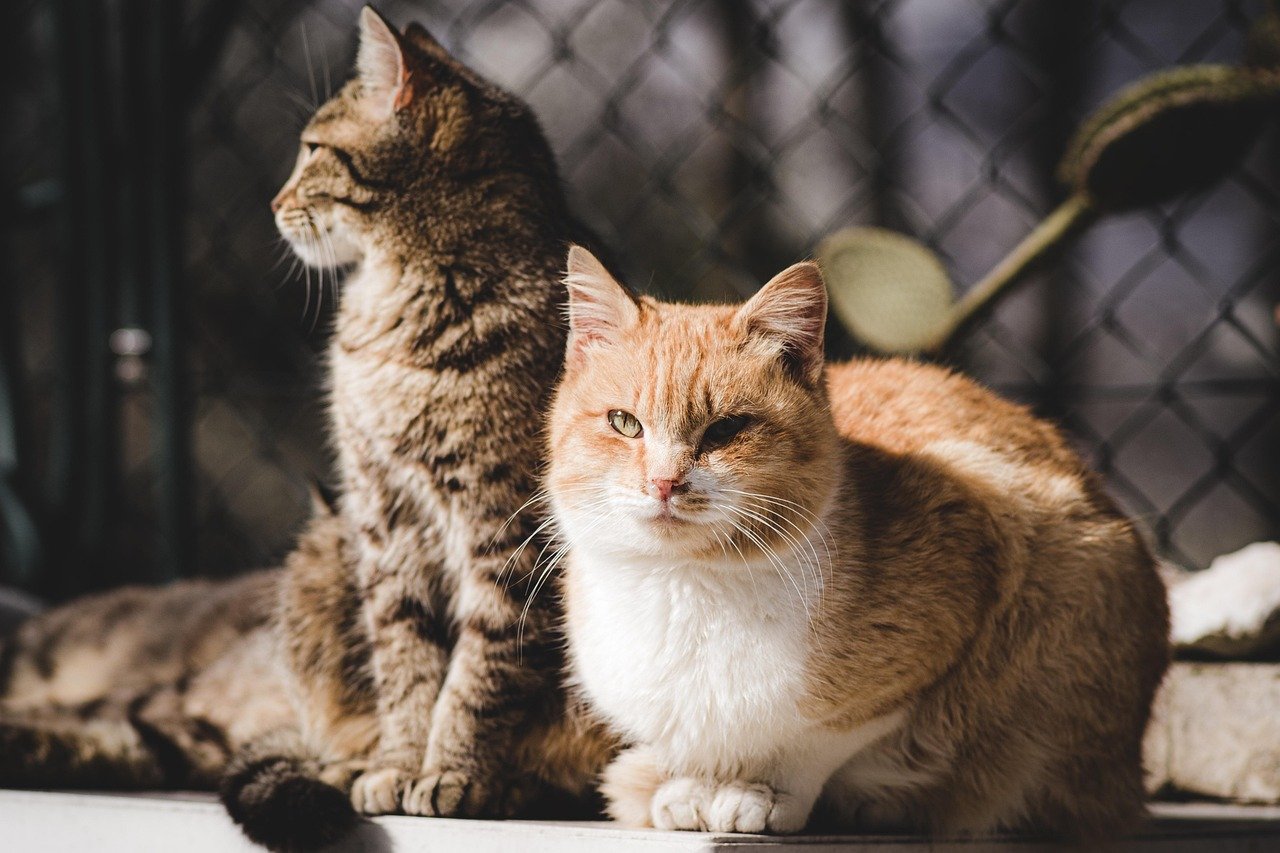
Play is an essential component of feline bonding. Cats engage in play fighting, chasing, and pouncing, which are not just fun activities but also ways to strengthen their relationships. These playful interactions help cats develop trust and understanding. Through play, they learn each other’s boundaries and preferences, which is vital for maintaining a harmonious relationship. Moreover, playtime provides mental and physical stimulation, enhancing their overall well-being.
Sharing Resources
In multi-cat households, sharing resources such as food, water, and litter boxes can be a sign of a strong bond. Cats that trust each other are more likely to share these essentials without any signs of aggression or territorial disputes. This sharing behavior indicates a high level of comfort and acceptance. It is important for cat owners to provide enough resources to prevent any potential conflicts, but observing cats willingly share is a testament to their bond.
Sleeping Together
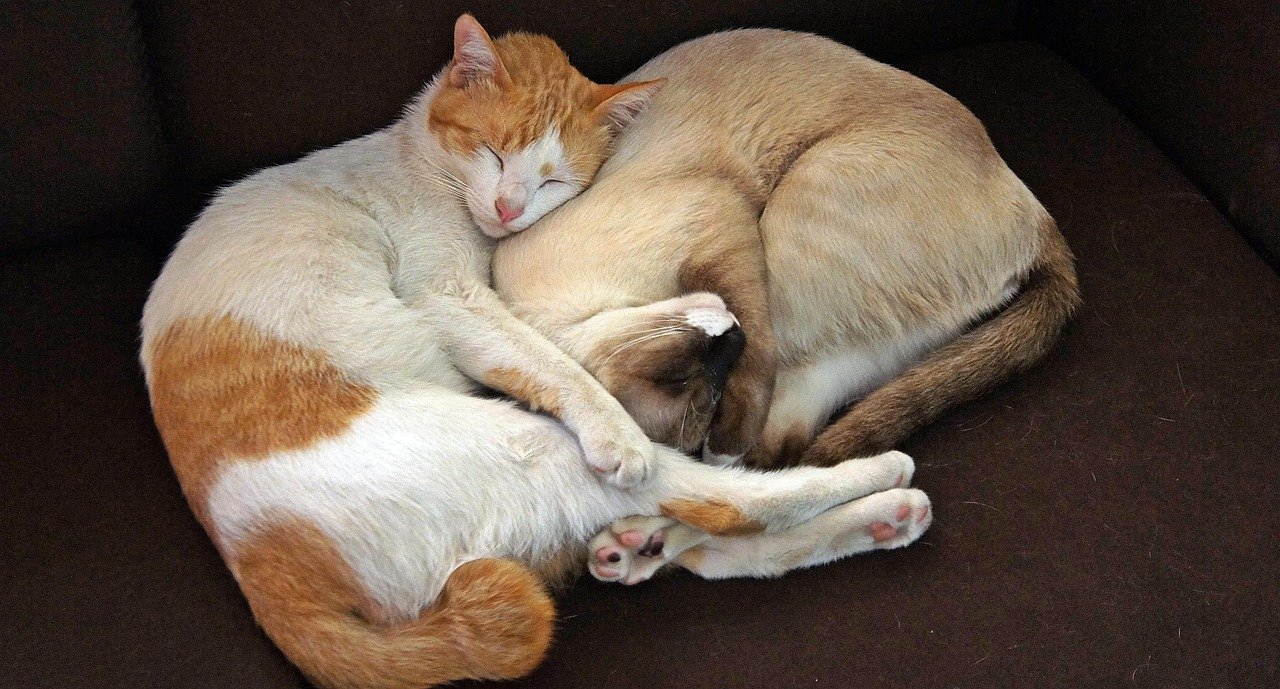
When cats choose to sleep together, it is a clear indication of a strong emotional bond. Sleeping is a vulnerable state, and by choosing to rest close to another cat, they are expressing trust and security. Cats may curl up together, intertwine their bodies, or simply rest side by side. This behavior not only provides warmth but also strengthens their social connection. Observing cats sleep together can be one of the most endearing sights for any cat owner.
Signs of a Healthy Feline Bond
There are several signs that indicate a healthy bond between cats. Mutual grooming, sleeping together, and playing are all positive indicators. Additionally, cats that have formed a bond may follow each other around, vocalize when separated, and show signs of distress if one is unwell. These behaviors demonstrate emotional investment and attachment. A healthy bond enhances their quality of life and contributes to their overall happiness.
Challenges in Feline Relationships
While many cats form strong bonds, not all feline relationships are smooth sailing. Some cats may have conflicting personalities, leading to tension and occasional disagreements. It is essential for cat owners to recognize signs of stress, such as hissing, growling, or swatting. Providing separate resources and spaces can help alleviate tension. Understanding each cat’s individual needs and preferences is crucial in nurturing harmonious relationships.
How to Encourage Bonding
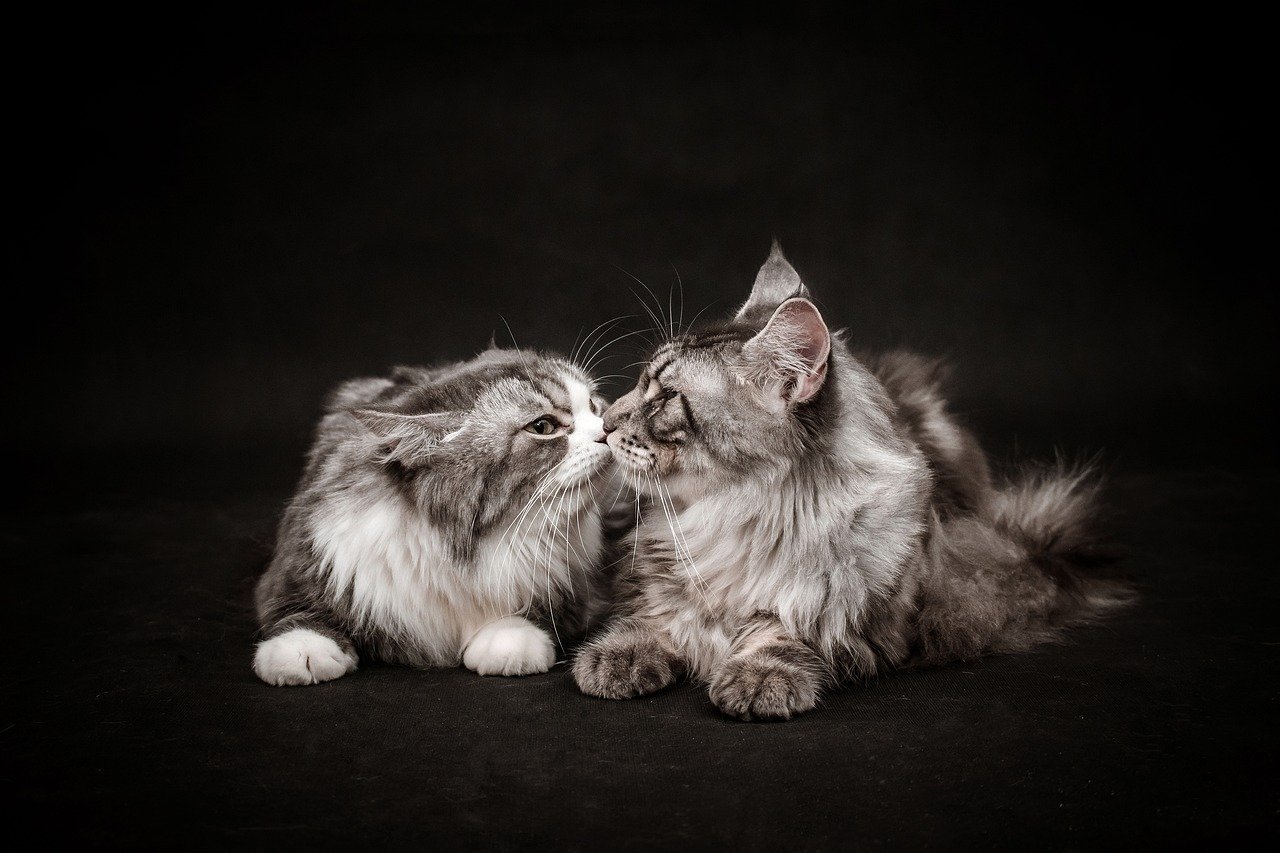
Cat owners can play a significant role in encouraging bonding between their pets. Introducing cats gradually and allowing them to get accustomed to each other’s scents can lay a strong foundation for friendship. Providing interactive toys and engaging in group play can also foster positive interactions. Additionally, ensuring that each cat has enough personal space and resources can prevent conflicts and promote harmony.
The Emotional Benefits for Cats
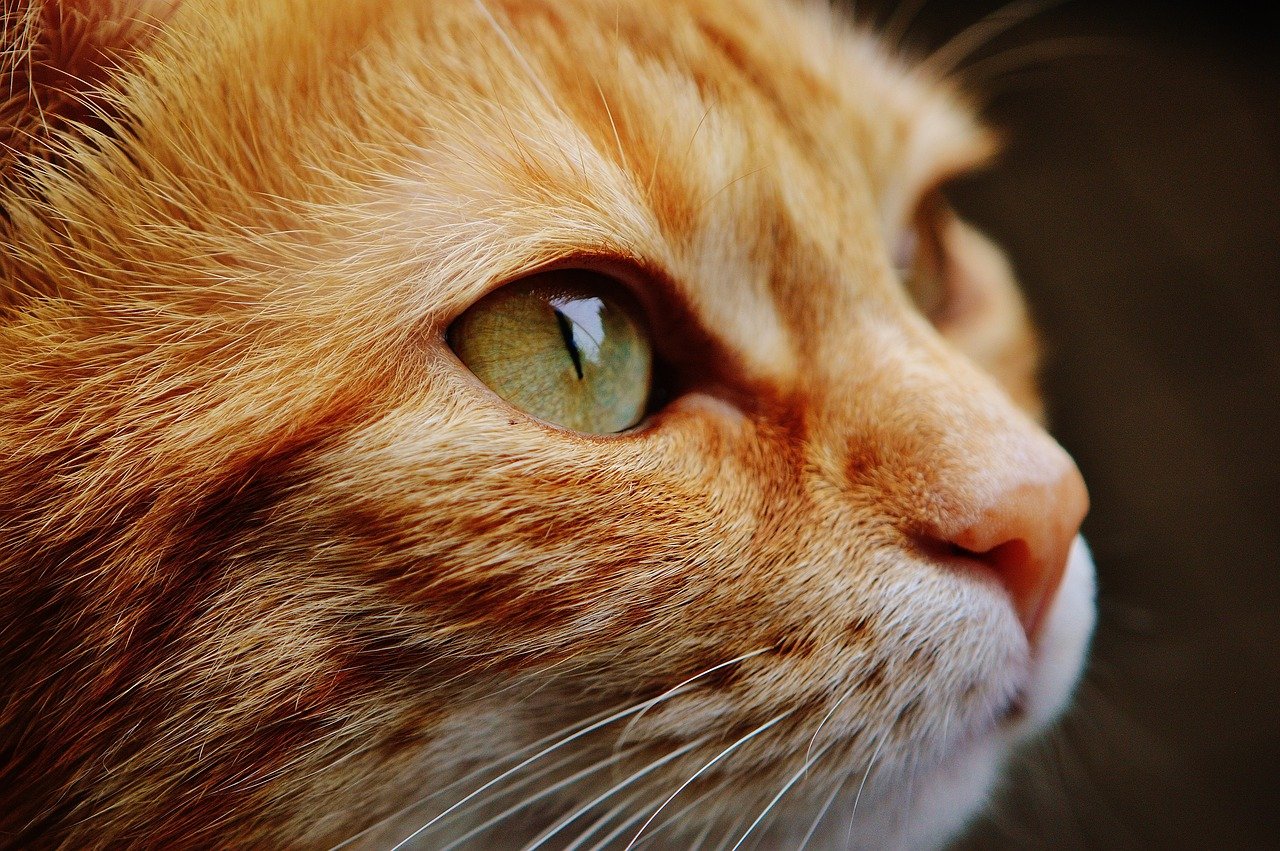
Forming emotional bonds with each other offers numerous benefits for cats. A strong social connection can reduce stress, anxiety, and feelings of loneliness. It can also promote physical health by encouraging active play and mutual grooming. Emotionally bonded cats are generally happier and more content, leading to a more harmonious household. For cat owners, witnessing these bonds can be a rewarding experience, offering a glimpse into the social and emotional lives of their beloved pets.

Linnea is a born and bred Swede but spends as much time as possible in Cape Town, South Africa. This is mainly due to Cape Town’s extraordinary scenery, wildlife, and atmosphere (in other words, because Cape Town is heaven on earth.) That being said, Sweden’s majestic forests forever hold a special place in her heart. Linnea spends as much time as she can close to the ocean collecting sea shells or in the park admiring puppies.






